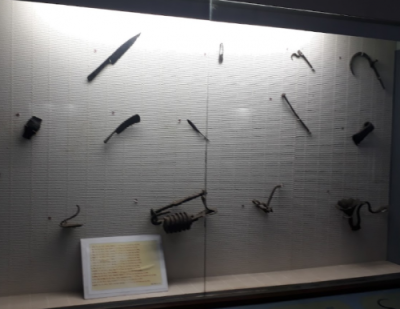Introduction

Nestled in the heart of Bihar near Rajgir and Patna, Nalanda is one of the most celebrated sites of ancient learning and Buddhist heritage. Once known as the world’s first international residential university, this historic center was a place where scholars from Asia converged to pursue knowledge in a variety of disciplines. Renowned as a great Buddhist mahavihara, Nalanda has been revered for its intellectual rigor and cultural impact over centuries[1][4].
Historical Significance
Founded in the 5th century CE by Emperor Kumaragupta I of the Gupta dynasty, Nalanda quickly rose to prominence in ancient Magadha. It served as a major center of higher learning under the patronage of various rulers, flourishing during the Gupta era and later under Harsha and the Pala Empire. Historical accounts indicate that the mahavihara attracted scholars from as far-flung regions as China, Korea, and Central Asia. Xuanzang and Yijing, two famed Chinese pilgrims, spent years studying at Nalanda and carried precious Sanskrit texts and relics back to their homelands, cementing the institution’s reputation as a global hub of scholarly exchange[1][4][7].
Academic and Cultural Legacy

The academic curriculum at Nalanda was as diverse as it was comprehensive. Subjects taught ranged from Buddhist philosophy—a discipline that gave rise to influential schools of thought like Madhyamaka and Yogachara—to subjects such as logic, mathematics, astronomy, medicine, and Sanskrit grammar. The institution was unique in its approach to education, with rigorous debates and discussions forming the cornerstone of its teaching methodology. This emphasis on holistic learning and inquiry allowed students to explore ancient texts and scientific subjects alike. Nalanda’s legacy is also enriched by its association with great scholars such as Nagarjuna, Dharmakirti, and the mathematician Aryabhata, whose contributions laid important foundations for future intellectual achievements[4][9][11].
Architectural Heritage and Ruins
Today, Nalanda’s ruins offer a glimpse into the grandeur of its past. Spread over an area that originally covered several hectares, the site contains remnants of 11 monasteries and multiple brick temples arranged in a methodical layout. The stupas, including the famous Sariputra Stupa built to honor one of the Buddha’s chief disciples, stand as testimony to the architectural excellence of the period. Intricate sculptures, inscriptions, and restored sculptures such as those depicting scenes from the Jataka tales add to the cultural richness of the site. The existence of a vast library, known as Dharmaganja, underscores the institution’s commitment to knowledge and the preservation of precious manuscripts[1][7][9].
Modern Revival and International Impact
After centuries of decline following its destruction by invaders, interest in Nalanda was revived in the 21st century. The Government of India, recognizing its unparalleled legacy, passed an act in 2010 to re-establish a modern center of higher education near the ancient ruins. The new Nalanda University, inaugurated in 2014, has been designed with state-of-the-art sustainable infrastructure while paying tribute to its historical roots. With a sprawling campus that integrates eco-friendly features such as rainwater harvesting and solar power, the modern institution strives to become a global knowledge hub. Its interdisciplinary programs and international collaborations reflect the spirit of the original Nalanda, inviting students and scholars worldwide to engage in meaningful academic and cultural exchanges[6][9][10].
Tourism and Cultural Experience

Visitors to Nalanda not only appreciate its historical and academic significance but also enjoy a rich cultural experience. The site is an important stop on India’s Buddhist tourism circuit and offers a blend of archaeological exploration and local flavor. The Nalanda Archaeological Museum, established in the early 20th century, houses a captivating collection of artefacts such as sculptures, coins, and inscriptions that narrate the university’s illustrious past. Complementing the historical journey is the taste of local Bihari cuisine, which reflects centuries of culinary traditions influenced by Buddhist practices. With well-connected transport options from Patna and Rajgir, the area provides an accessible and immersive experience that brings the ancient heritage of Nalanda to life for modern travelers[2][3][5][8].
Conclusion
Nalanda has long been an emblem of India’s rich educational and cultural heritage—a place where learning was interwoven with philosophy, art, and science. Today, the revival of Nalanda University stands as a testament to the enduring legacy of this ancient institution, bridging the vast expanse of time between its storied past and its promising future. As scholars and tourists alike continue to explore its ruins and modern campus, Nalanda remains a beacon of intellectual exchange and a reminder that knowledge knows no boundaries[1][4][9].
Get more accurate answers with Super Search, upload files, personalized discovery feed, save searches and contribute to the PandiPedia.
Let's look at alternatives:
- Modify the query.
- Start a new thread.
- Remove sources (if manually added).
- Request a manual search from our human research team.





